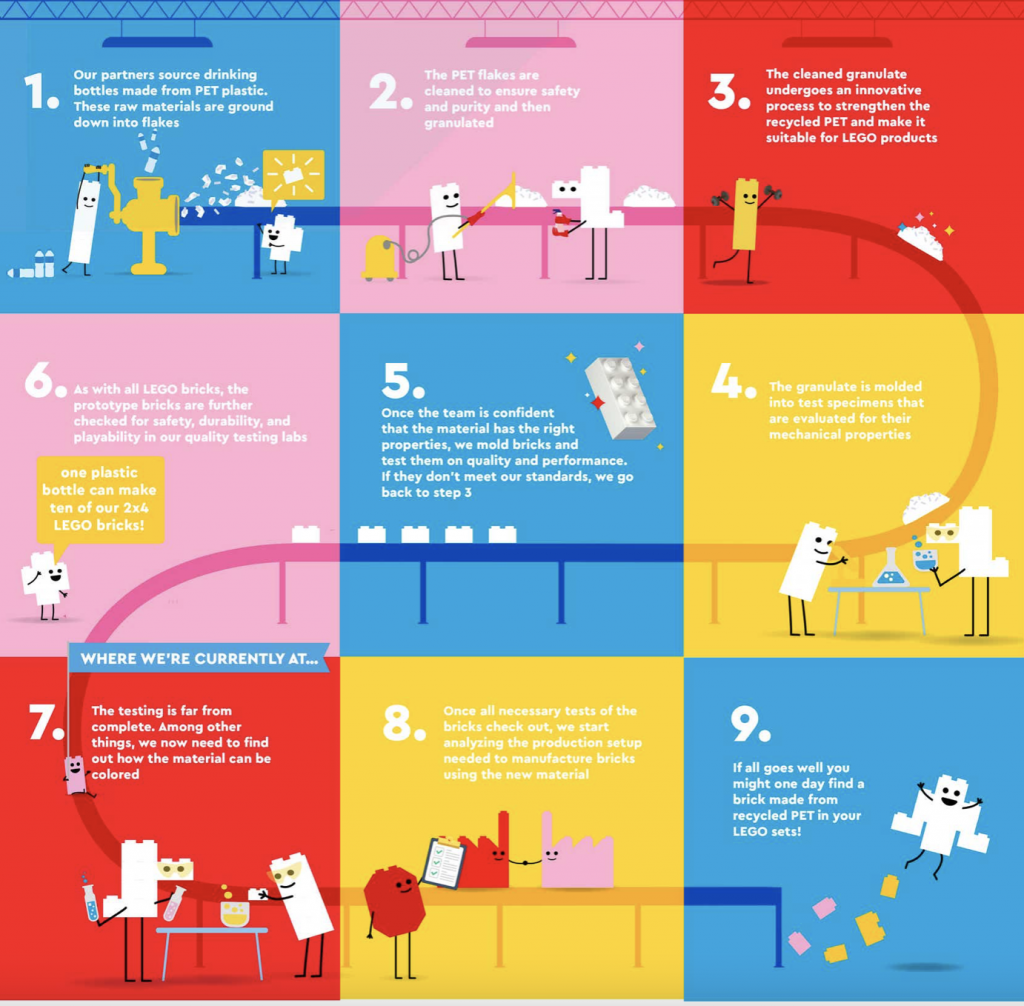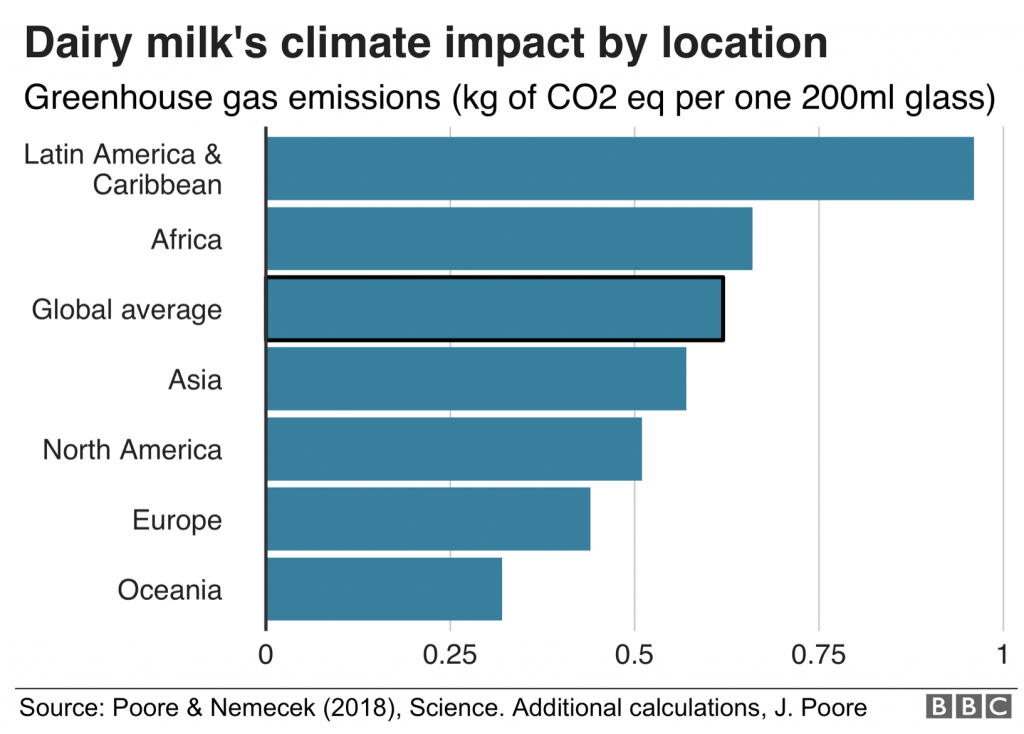July 11th, 2021
The Future of LEGO
By Da Beattie
LEGO is an iconic childhood toy. The colourful plastic bricks that come in many sizes and themes are notorious for being painful to step on when the inevitable piece does not find its way back to where it belongs.
In 2019, LEGO introduced a treehouse kit made of bioplastic sourced from sugar cane, which is not durable enough to make regular LEGO blocks. However, the new process, still in development, allows every one-litre polyethylene terephthalate (PET) plastic bottle to be converted into ten 2×4 LEGO bricks.
LEGO’s 2015 pledge to improve sustainability has been witnessed in the past few years. As of 2014, LEGO is a part of the World Wildlife Fund’s (WWF) Climate Savers Programme, where the company has set goals to become more carbon neutral. In 2019, three years ahead of schedule, the company was announced to be using 100% renewable energy.
Currently, turning plastic bottles into LEGO bricks is a multi-step process, more complex than re-shaping PET. Firstly, plastic bottles made of PET are ground into flakes. The flakes get cleaned to ensure quality control and then are granulated. The granules then undergo other processes to become a durable material that passes the quality of LEGO that has not yet been finalized or announced. Before being moulded, further quality control testing is completed, after which more testing for quality is done. If the material passes all the tests, the granules of plastic are tested for mechanical properties. Only after all this testing is successfully completed do the bricks and pieces undergo colouring. If all goes well, the machinery to manufacture the new product gets evaluated.

Although there are other toy companies that manufacture their products from recycled plastic, such as Green Toys, LEGO would be the first mainstream brand to bring recycled plastic toys to the children’s market. By taking the initiative to become more environmentally aware in both education and production, LEGO can inspire other mainstream brands in toy making to do the same. We can only hope that more brands will turn to recycled plastic and other sustainable manufacturing in the future!
Sources:
https://www.lego.com/en-us/aboutus/news/2021/june/prototype-lego-brick-recycled-plastic

